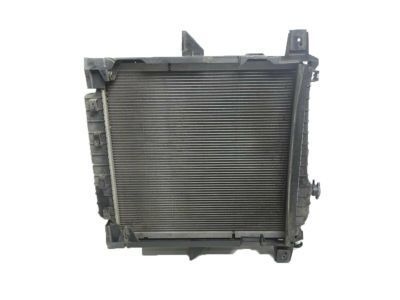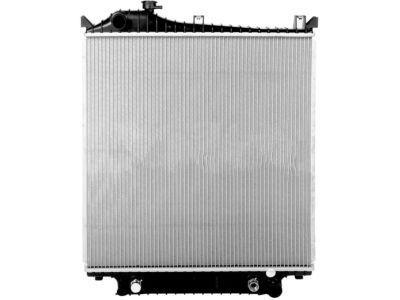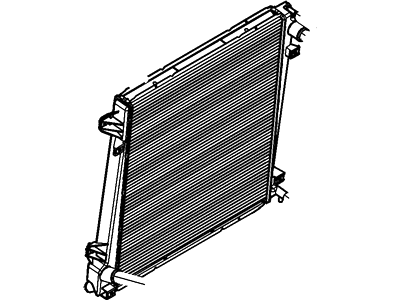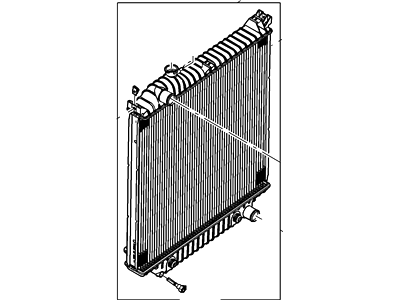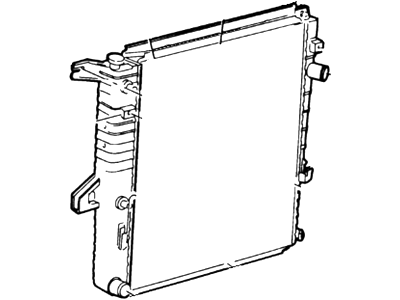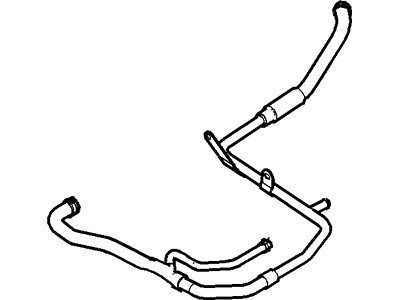×
- Live Chat
- 1-888-788-9341


My Garage
My Account
Cart
Genuine Mercury Mountaineer Radiator
Cooling Radiator- Select Vehicle by Model
- Select Vehicle by VIN
Select Vehicle by Model
orMake
Model
Year
Select Vehicle by VIN
For the most accurate results, select vehicle by your VIN (Vehicle Identification Number).
11 Radiators found
Mercury Mountaineer Radiator Assembly
Part Number: 8L2Z-8005-A$373.01 MSRP: $570.35You Save: $197.34 (35%)Ships in 1-2 Business DaysMercury Mountaineer Radiator Assembly
Part Number: 6L2Z-8005-AA$315.85 MSRP: $482.95You Save: $167.10 (35%)Ships in 1-2 Business Days
Mercury Mountaineer Radiator
We provide a wide range of Mercury Mountaineer Radiator at the best prices possible. If you need Mercury Mountaineer Radiator, you can shop with confidence on our website. All our OEM parts come with a manufacturer's warranty and are delivered to your door step with a fast delivery service.
Mercury Mountaineer Radiator Parts Questions & Experts Answers
- Q: How to remove and install a radiator in a Mercury Mountaineer?A: Disconnect the cable from the negative battery terminal. Raise the front of the vehicle and place it securely on jack stands. Drain the cooling system. If the coolant is relatively new and in good condition, save and reuse it. In 2006 and later models, remove the coolant expansion tank. Remove the upper radiator hose and the cooling fan. Remove the lower fan shroud mounting belts and the lower shroud from the radiator. Disconnect the expansion tank hose and the lower hose from the radiator. If the hoses are stuck, use pliers to break the seal and pull them off, replacing if needed. Remove the lower radiator shield, if equipped, and the air deflector. Lower the vehicle, ensuring the tires are blocked. Take off the radiator and condenser support brackets. On automatic transaxle models, disconnect the transaxle oil cooler lines; some models might need a specialized tool. Set the radiator on the vehicle frame and use mechanics wire to support the condenser. Ensure the air conditioning lines are undamaged. Lift the radiator, moving the condenser toward the front. Note that removing the transmission oil cooler with the radiator might be necessary. Separate the cooler from the radiator and remove the splash shield, hose, and bracket. Ensure the radiator seals remain intact and clean the radiator without damaging the fins. For installation, inspect the rubber insulators in the frame bracket, ensuring they're free of dirt. When installing the radiator, ensure it's seated on the insulators before fastening the top brackets. Installation is generally the reverse of removal. Afterward, fill the cooling system with a mixture of antifreeze and water. Start the engine, check for leaks, let it reach a normal temperature, and recheck the coolant level. If working on an automatic transmission vehicle, check and add fluid as needed.
